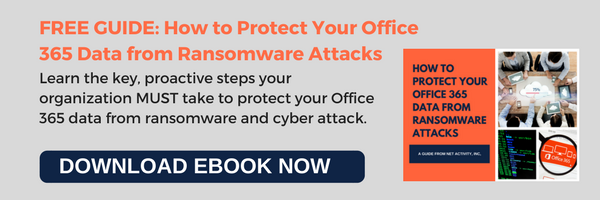December 20, 2021
In
Managed IT Services
By
admin
The holidays are some of the best times for technology lovers. Not only do manufacturers deliver the coolest tech for the busiest retail time of the year, there is a good chance that you may be gifted some of it. This week, we thought we would take a look at three popular gadgets that are flying off the shelves this holiday season.
Wireless Earphones
Headphones have been a popular gift for decades. Today’s technology allows users to get unparalleled sound quality without the messy cords that have been tethering users to devices for years. The wireless headphone market is now split into two main categories: earphones and earbuds.
When looking for the right set of wireless headphones for the person on your shopping list you should consider the following features:
Bluetooth 5.0 compatibility – Newer versions of Bluetooth—which is how the wireless headphones connect to a device—remove the latency found in earlier versions allowing for optimal sound sync with streaming video.
aptX or SBC (or AAC) – When shopping for wireless headphones you need to understand bitrates. SBC (and Apple’s proprietary AAC) typically function at around 192 Kbps which offers significantly worse sound quality than aptX (352 Kbps) or aptX HD (576 Kbps). Higher bitrates tend to sound better to people who are picky about their music.
Noise cancelling – ANC (active noise cancellation) is exactly what it sounds like, you hear less or none of the noise around you with these devices on.
Battery life – For wireless headphones, battery life and chargeability are major considerations. Over the ear wireless headphones typically need to be plugged into a wall charger for some length of time while most wireless earbuds offer a charging case that makes these devices much more practical.
Some of the most popular wireless headphones you can find this holiday season include:
Earbuds
- Apple Airpods Pro
- Bose QuietComfort
- Sony WF-1000XM4
- Jabra Elite 85t
Over the Ear Headphones
- Apple Airpods Max
- Bose Noise Cancelling Headphones 700
- Sony WH-1000XM4
- Microsoft Surface Headphones 2
Autonomous Vacuum Cleaner
For years, robotic vacuums were a bit too pricey for the average person to give them as a gift, and if you purchase the top tier robot vacuum now you are still looking at over $1,000. However, prices have fallen enough now for it to be a very popular gadget for people to give to one another.
There are a few things you need to consider before purchasing a robot vacuum. First, you need to ensure that the situation of the floor that is going to be cleaned is right for the vacuum cleaner. How much floor do you have to clean? Are there changes in flooring (hardwood-to-carpet)? If so, how high is the carpet? Are there pets in the house? Answering these simple questions will help you find the right device.
Here are some of the features today’s robotic vacuum cleaners have:
Charging dock – All robot vacuum cleaners will have some sort of charging dock. Some docks are smaller and therefore easier to conceal.
Mapping technology – More expensive models will use lasers, while cheaper models will routinely bump off things.
Vacuuming prowess – This is a huge consideration as cheaper models will have a tendency to get caught up or need to be dumped very often. Higher-end machines will have an auto-bin feature that will empty itself in the dock before going back out.
Smart or not – Some models offer Wi-Fi connectivity and application support. This allows users a lot of features they won’t find in less-expensive versions of the device.
Some of the most popular autonomous vacuums this year are:
- iRobot Roomba s9+
- Shark IQ Robot Self-Empty XL RV1001AE
- Eufy RoboVac 15c
Video Calling Devices
In what seems to many of us like science fiction, we can all now communicate with video chat on many of our computing devices. As a result, some of the largest tech companies in existence have developed devices used distinctly for this purpose. This is great for the elderly members of your family (or the people who aren’t tech-savvy) that may not have a smartphone or would just like a larger screen to video chat with.
As mentioned earlier, most of the devices that are built for this are made available by the largest and most respected technology companies in the world: Amazon, Google, and Facebook.
Some features you should consider when shopping for a video chat device include:
Large screen for clarity
Integrated camera and speakers
Smart device control center
The main options available this holiday season are:
- Facebook Portal – The portal devices are gaining ground since they offer Amazon’s Alexa built into the device profile. There are currently two offerings available: the 10” Portal Go and the 14” Portal+.
- Amazon Echo Show – Obviously, the versions of the Echo Show have Alexa built-in. There are currently three versions of the Echo Show: a five-inch, an eight-inch, and a 10-inch.
- Google Nest Hub Max – Google’s largest version is a 10-inch screen with an integrated camera and speakers. It is fueled by Google Home, Google’s smart hub platform.
What do you think? Are there any other technologies you think should be on this list?











